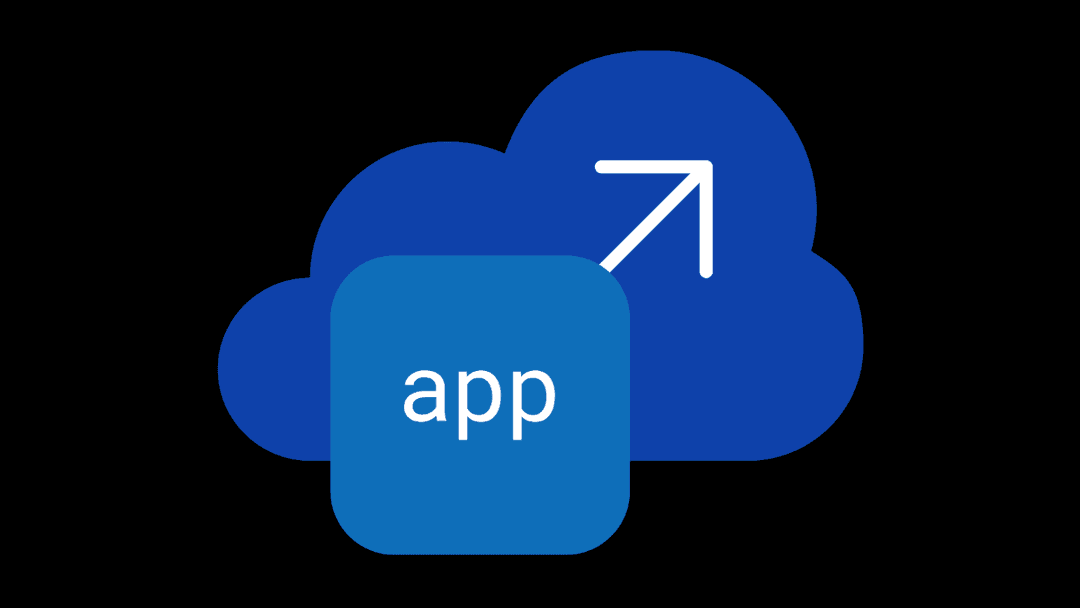APIs are now more essential than ever, particularly for financial services organizations that rely on them to handle daily transaction payments for account holders, to facilitate seamless online account openings, and much more.
Additionally, with an ever-evolving financial services ecosystem where partnerships with FinTechs through APIs are commonplace, the use of APIs is growing substantially in the sector. Consequently, financial services institutions are more reliant on APIs than ever before.
However, this growing dependence on APIs has drawn the attention of attackers.
Recognizing the critical role these APIs play, attackers are constantly targeting them, aiming to exploit, abuse, and compromise them in order to gain access to systems and exfiltrate critical data. The complexity and management challenges of hybrid and multicloud environments are compounded by the sole reliance of traditional app and API security tools for traffic-based discovery and inspection, which provides only a partial picture and discovery of APIs only after they are deployed to production.
These scenarios pose serious business risks, including large-scale data breaches, compliance issues, and hefty regulatory fines. But financial services organizations must accept these risks because their customers demand fast engagement, all-up account views, and easy money transfers. Under the hood, these are all facilitated through APIs.
In this article, we delve into the transformative advantages of shifting left for financial services operating in hybrid and multicloud environments and explain why it marks the next significant milestone in FinServ API security. Through early discovery directly from the codebase, comprehensive understanding, and preemptive documentation, organizations can fortify their defenses, close critical gaps in visibility, improve controls, satisfy compliance and regulators, and set a new standard for API security in an industry where the stakes are extremely high.
What is shifting left, and why is it important?
The idea of "shifting left" in the security paradigm is not merely a trend—it's becoming a necessity for ensuring robust protection and risk management, especially for APIs as they change more frequently than traditional web apps and new ones are being added at a much faster pace.
Simply put, by focusing only on traditional security controls such as in-line traffic analysis, organizations find themselves unable to see and understand the vulnerabilities across their entire attack surface. This leaves organizations vulnerable, and nowhere is this more evident than in the realm of APIs within financial services, where blind spots can spell disaster. Vulnerabilities and weaknesses are always harder and more expensive to fix in production, and any code change could potentially introduce additional risks.
The importance of the “shift-left” strategy goes beyond just the integration of new technologies—it's about a fundamental transformation in how to approach API security from the very inception of the development cycle.
By initiating discovery and ensuring accuracy of documentation from the coding phase, organizations gain a more complete picture of their API landscape. This proactive stance allows for testing, early detection, and immediate resolution through rules, controls, and policies related to potential vulnerabilities when in production. This creates a solid foundation as applications move toward production, without slowing developers down. Subsequently, the next release or version can have updated code that addresses the vulnerability at the code level. Developers would undoubtedly embrace automation for inventory and documentation processes so they can focus on the next cool feature that may change the world.
What are the primary advantages of adopting a shift-left strategy?
The benefits of adopting a shift-left perspective are numerous. It enables teams to move into production with a better understanding of their APIs and better security posture, armed with more complete documentation and any preemptive security policies in place to deal with any vulnerabilities identified in testing. This discovery from code serves as a starting point for organizations, making it easier to spot anomalies and unknown or deprecated zombie and shadow APIs, and detect drift once moved into production—all while not having to “learn on the fly” (e.g., in production).
Compared to the reactive approach of piecing together insights without initial documentation, shifting left ensures that organizations are several steps ahead and ready to address security challenges head-on.
Other benefits include:
- Limiting exposure of vulnerabilities in production
- Improving documentation and understanding of APIs
- Promoting secure coding practices to shore up/improve API code over time
- Reducing challenges with tool integration by employing a continuous risk assessment and remediation loop
New tools to consider for early vulnerability detection in a shift-left strategy
Managing security solutions for applications and APIs already presents a daunting task for many organizations. In fact, a recent F5-sponsored Datos Insights report found that more than 80 solution providers operated in the API security space alone, and that the average organization uses more than 20,000 APIs!
As a result, organizations often use a patchwork of technologies from various vendors to protect apps and APIs—effectively turning API security into supply chain security. With that in mind, here are some considerations for what to look for in a “shift-left” solution for API security:
- Code-level discovery through scanning, recon, and testing abilities, enabling earlier detection of CVEs and API risks in code
- Intelligent and automated security responses—powered by generative AI
- Automatic creation and validation of robust API schemas
- Insightful illumination of API risks with actionable intelligence
- Full lifecycle API security—leveraging a solution that is part of a wider portfolio of app and API security and delivery capabilities across the entire app development lifecycle
The forward-looking tactics at the heart of the shift-left approach enable quicker and more accurate identification of discrepancies, shadow APIs, and other issues. This method is far superior to ad-hoc approaches that may omit documentation or lack a comprehensive understanding from the ground up.
Embracing the shift-left strategy with the right technologies in place not only enhances security, but also streamlines the entire development lifecycle so both application and risk teams win, making it an essential practice for forward-thinking financial services organizations.
Learn more about how shifting left can help your organization.
This blog shares select content with additional pieces focused on other industry sectors.
About the Author

Related Blog Posts

AppViewX + F5: Automating and orchestrating app delivery
As an F5 ADSP Select partner, AppViewX works with F5 to deliver a centralized orchestration solution to manage app services across distributed environments.

Build a quantum-safe backbone for AI with F5 and NetApp
By deploying F5 and NetApp solutions, enterprises can meet the demands of AI workloads, while preparing for a quantum future.

F5 ADSP Partner Program streamlines adoption of F5 platform
The new F5 ADSP Partner Program creates a dynamic ecosystem that drives growth and success for our partners and customers.
F5 NGINX Gateway Fabric is a certified solution for Red Hat OpenShift
F5 collaborates with Red Hat to deliver a solution that combines the high-performance app delivery of F5 NGINX with Red Hat OpenShift’s enterprise Kubernetes capabilities.
F5 Silverline Mitigates Record-Breaking DDoS Attacks
Malicious attacks are increasing in scale and complexity, threatening to overwhelm and breach the internal resources of businesses globally. Often, these attacks combine high-volume traffic with stealthy, low-and-slow, application-targeted attack techniques, powered by either automated botnets or human-driven tools.
Phishing Attacks Soar 220% During COVID-19 Peak as Cybercriminal Opportunism Intensifies
David Warburton, author of the F5 Labs 2020 Phishing and Fraud Report, describes how fraudsters are adapting to the pandemic and maps out the trends ahead in this video, with summary comments.
